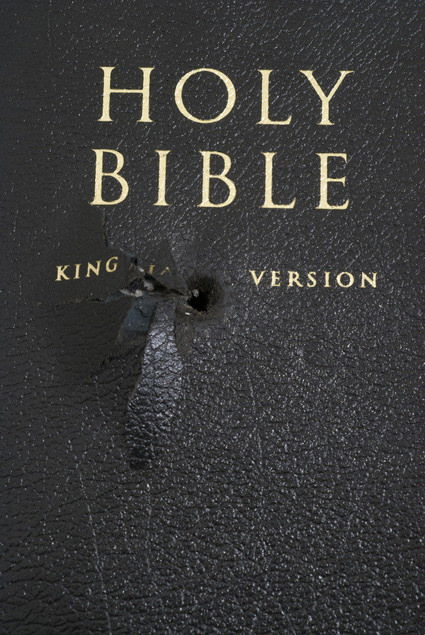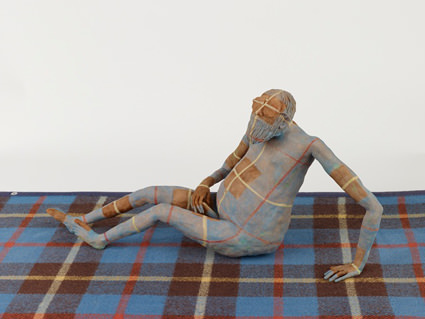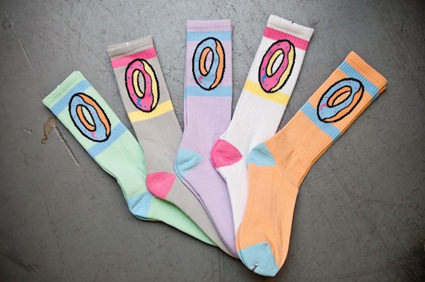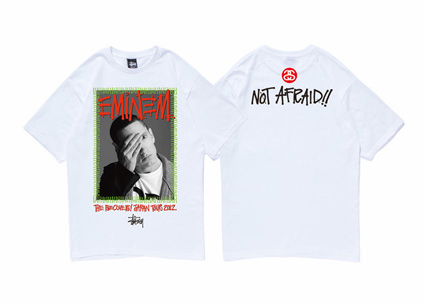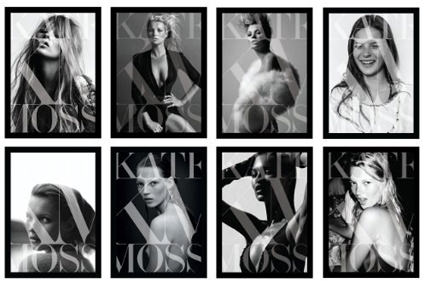FROM THE SUNNIEST DAY TO THE DARKEST NIGHT
2012-08-06This exhibition presents five artists from Eastern Europe that explore the relation between religion and violence.
“Whosoever spends sleepless moments in a bed in Sarajevo might hear the voices of the Sarajevo night. Hard and firmly strikes the bell at two o’clock in the morning in the Catholic Church. More than one minute passed (exactly seventy-five seconds—I counted) and only then was did I hear the slightly weaker, shrill sound of the Orthodox Church clock, also striking two o’clock in the morning. A moment later the sa-hat-kula spoke in a hoarse, subdued voice from the Bej Mosque, striking the eleventh hour—the ghostly Turkish hour, the strange timekeeping of distant foreign countries. The Jews have no clock, only the heavens know what time it is—whether according to Sephardic custom, or according to Ashkenazi. When all around is still and quiet, the difference separating men equalized by sleep is in the calculation of this hollow phase of the night. When they awake, they will be happy and sad, feast and fast by four different feuding calendars, and all their requests and prayers will be sent to heaven in one of four liturgical languages. The difference is sometimes visible and open, sometimes hidden and treacherous, but it always resembles hatred—this difference is often hatred itself.”
With these words the Bosnian writer and Nobel Prize winner Ivo Andric described Sarajevo—a town where four religions meet—in his short story entitled A Letter from 1920. Such places never know peace, as the confrontation between various visions of the world more often serve to emphasize differences, and not similarities. Meanwhile, political correctness notwithstanding, the idea of multiculturalism, so deeply rooted in European philosophy, will always remain a pious desire. This exhibition focuses on the ties between power, violence, and religion, and draws upon difference as a source of conflict: “The difference is sometimes visible and open, sometimes hidden and treacherous, but it always resembles hatred – this difference is often hatred itself.”
Opposite – Hubert Czerepok, Salvation Islands, 2009
Exhibition runs through to September 8th, 2012
Zak-Branicka
Lindenstr. 35
D – 10969 Berlin
Germany
